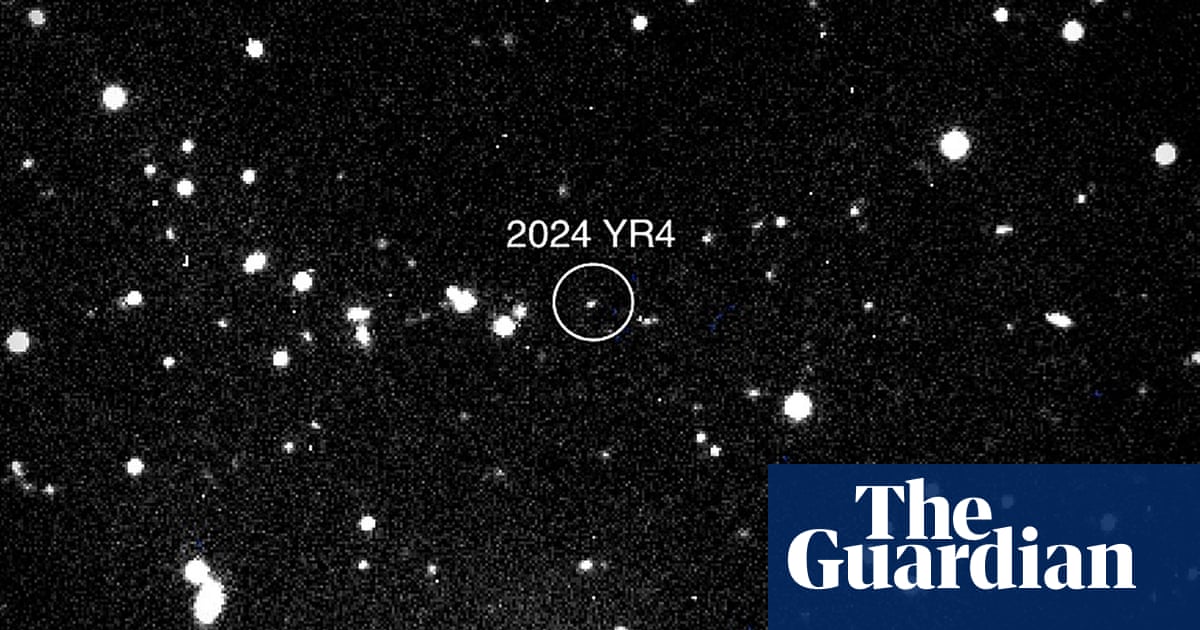
A significant discovery recently triggered a wave of alarming headlines: a massive asteroid racing toward Earth that, although not likely to cause a mass extinction, could inflict considerable damage.
However, there is now relief as the potential for a collision seems negligible. Earlier this year, the chances of a future impact increased, but recent assessments show the risk is now minimal.
Asteroid 2024 YR4 measures between 40 and 90 meters (130 to 300 feet) across, significantly smaller than the asteroid that led to the extinction of the dinosaurs, which was estimated to be about six to nine miles (10 to 15 km) in diameter. Nevertheless, a collision could still result in catastrophic outcomes: the impact could release energy equivalent to 7.8 megatonnes of TNT.
In response to this situation, a planetary defense initiative was initiated, focusing on closely monitoring the asteroid’s path. Initially, the chance of an impact occurring in 2032 rose to 3.1% on February 18; however, recent data from NASA has shown this probability has dropped dramatically to 0.0017%.
Essentially, there is a 99.9983% likelihood that the asteroid will evade Earth. Currently, the so-called “city-killer” asteroid holds a ranking of zero on the Torino impact hazard scale, which spans from no risk at zero to catastrophic global events at ten.
This reduction in risk was anticipated; as noted by the European Space Agency, the probability of an asteroid impact often increases initially, later decreasing as more observations are conducted.
“This situation highlights the effectiveness of our monitoring processes; a higher-than-normal yet still low risk prompted enhanced observations, which ultimately confirmed the asteroid’s safe trajectory,” explained Colin Snodgrass, a planetary astronomy professor at the University of Edinburgh.
Snodgrass also mentioned that such alerts may become more routine. “As the Vera Rubin Observatory begins its sky surveys later this year, we will likely discover more asteroids, some of which may raise alerts necessitating further investigation,” he added.
“This should not cause panic; rather, it demonstrates that our technology is advancing, enhancing our ability to identify asteroids early. Ultimately, this means if a threat were to emerge, we would have a greater chance of detecting it in time to take action.”









